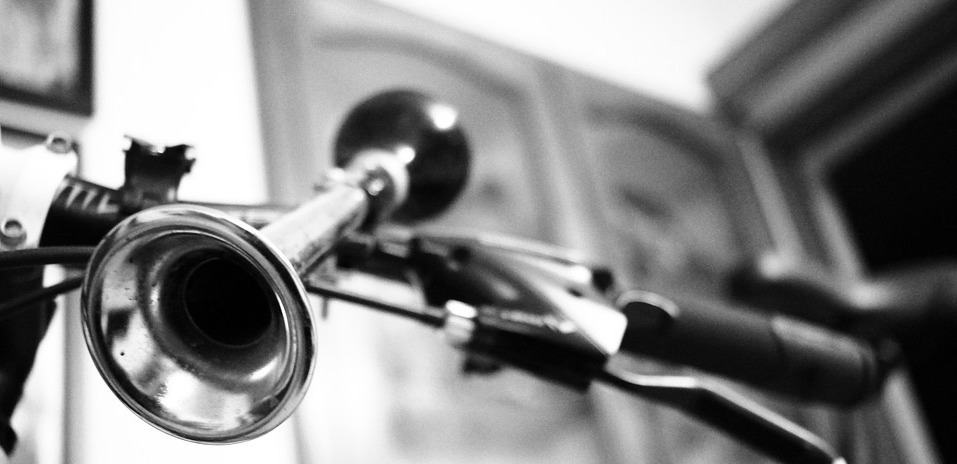
Although no louder than a hiccup, every trump declared your freedom. Together with your shiny red fenders, basket (for some), and your favorite baseball card lodged in the spokes (also for some), your bike horn was a part of the army that made your bike the baddest in the neighborhood. Cycling is becoming increasingly popular, and Utah legislators pass new laws to promote the sport’s safety. With all the confusion of bicycle laws, it’s easy to lose track of the basics. Basics, such as, are you allowed to still have your old childhood bike horn on your handlebars?
Yes. You are allowed to fashion your childhood bike horn as a hood ornament on your carbon-fiber framed stallion. Title 41, containing Utah bicycle laws, states, “A bicycle may not be equipped with, and a person may not use on a bicycle, a siren or whistle.” But if you have a horn, you’re in good company.
Having a siren or whistle on your bike is illegal in most states, and for good reason, too. Ambulances, police cars, and firetrucks use sirens to inform traffic of emergencies. Police officers in major cities often ride bicycles and use whistles to signal other’s attention. Mimicry makes their job difficult. Overexposure to sirens and whistles could numb traffic’s sensitivity to them.
Utah bike law requires you to give an audible signal when overtaking another pedestrian or cyclist. An audible signal could be nothing more than a friendly holler. A simple toot from your bike horn, or a pleasant ring from your bell will safely make other’s aware that you’re coming.
The Utah Bicycle Lawyers, a Salt Lake City based firm devoted to cyclists, remind you that safety is the highest priority when riding. Communicating with others around you will help prevent an accident. A bell or a bike horn can do that easily. If little trinkets like these weigh you down, develop a method that works for you. If you have any questions about bicycle safety, bicycle laws, or have been involved in a bicycle injury call us immediately.
